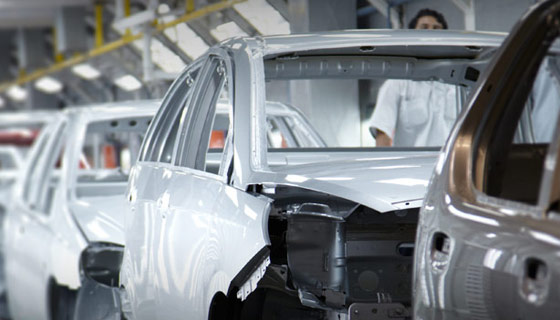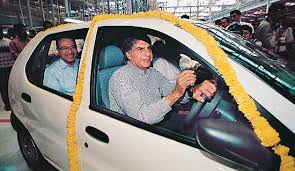This is the story of Tata indica the first indigenous car for the country. This is a continuation of the previous article posted last week. If you haven’t seen that, click here. Also, I got a very good response on Instagram from you guys. Thanks a lot and keep supporting.
Table of Contents
What happened so far?
Ratan Tata had a dream of making the first indigenous car for India. He gathered his officials and motivated them. Tata’s engineers worked hard for this project. The prototype was ready, and the design looked very futuristic. Everyone was happy about the design and exceeded everyone’s expectations.
Manufacturing the car
Tata has good experience in manufacturing commercial vehicles and Sumo. But indica is a different project which is creating some challenges for the company.
The first one being parts. Since this is the first indigenous car of the country, the company could hardly find vendors. Cars in the market import most of its parts. Therefore, the company approached many manufacturers across the country and explained their needs.
At the end around 300 vendors employing 12000 people connected with the company to supply parts. These vendors also showed a lot of interest in supplying parts for the first Indian car. One challenge to them is the quality expectations of Tata which is high.
The facility
When the employees suggested manufacturing the car in the same facility where they manufacture other vehicles, Ratan Tata wanted to manufacture the car in a new plant.
This would cost thousands of crores and have a huge impact on the company’s fortune. But Ratan Tata took a bold decision again. He wanted to risk and set the facility from scratch.

To keep the cost down, the officials found a solution. But it might be quixotic. They found a non-operational factory belonging to Nissan in Australia. They bought the machines from Nissan and shipped to India. This cost them way lesser than setting the facility from scratch.
It took them around six months to set the facility. And they also installed robotic welding machines across the production line for precise welds. This is the first of its kind in India.
The facility comprises 5 shops, namely engine, transmission, press and welding, paint and assembly shops respectively and could make 1000 cars a day.
The auto expo 1998 – My favourite part
The Indian auto expo, 1998 held at Delhi, is one of the most important occasions in the Indian automotive industry. It is the expo that changed this Industry.
Three major launches happened during this event. Hyundai, the second-largest carmaker in the country introduced Santro. This car created an impact on the Indian roads with its tall boy design. A huge success for the company.
The second launch is Honda city, a car which enthusiasts celebrated. Still, this car holds a respectable position in its segment. And has best in class space and comfort. Who dislikes a V-Tec (The launched car wasn’t V-Tec though).
The most fascinating launch was Indica. Tata’s pavilion differed from those of the other companies. All officials wore traditional Indian attire like a saree, kurta, etc to show it is pure Indian car.
People visited the expo were happy with the company’s new offering. They showed a positive response and bookings increased.
Ad campaign
The company concentrated more on marketing. They were an established commercial vehicle manufacturer, and they wanted to prove their capability in passenger cars.
The company approached various ad agencies and made lots of ads in the upcoming years. The company also has a tagline for the car which is.
More car per car
This had a very good reach among people.
Problems and future cars
Soon after the company handed the keys to customers, the car had some issues. Complaints like high noise and vibration, windows rolling mechanisms, the poor performance of the engine, etc were showing up frequently.
This created a bad image among buyers. Soon, Tata recalled the cars and fixed them. Also, the officials were gathered, and they came up with a change in design thus Indica V2 was born. V2 stands for Version 2.
This car stood for decades and was discontinued last in the year 2018 leaving way for its successors like the Tiago.

Tata Nexon, the only Indian car to score 5 stars in the global NCAP crash test, is based on the same platform as indica vista.
Finally, I want to quote Ratan Tata’s words on this project.
History may have said it failed. Or history may even say that it succeeded. All we know is that we taught of it and we did it – We produced India’s first car.
To know more about this story, check out Tata Log by Harish Bhat. I wrote this article with reference to this book.

